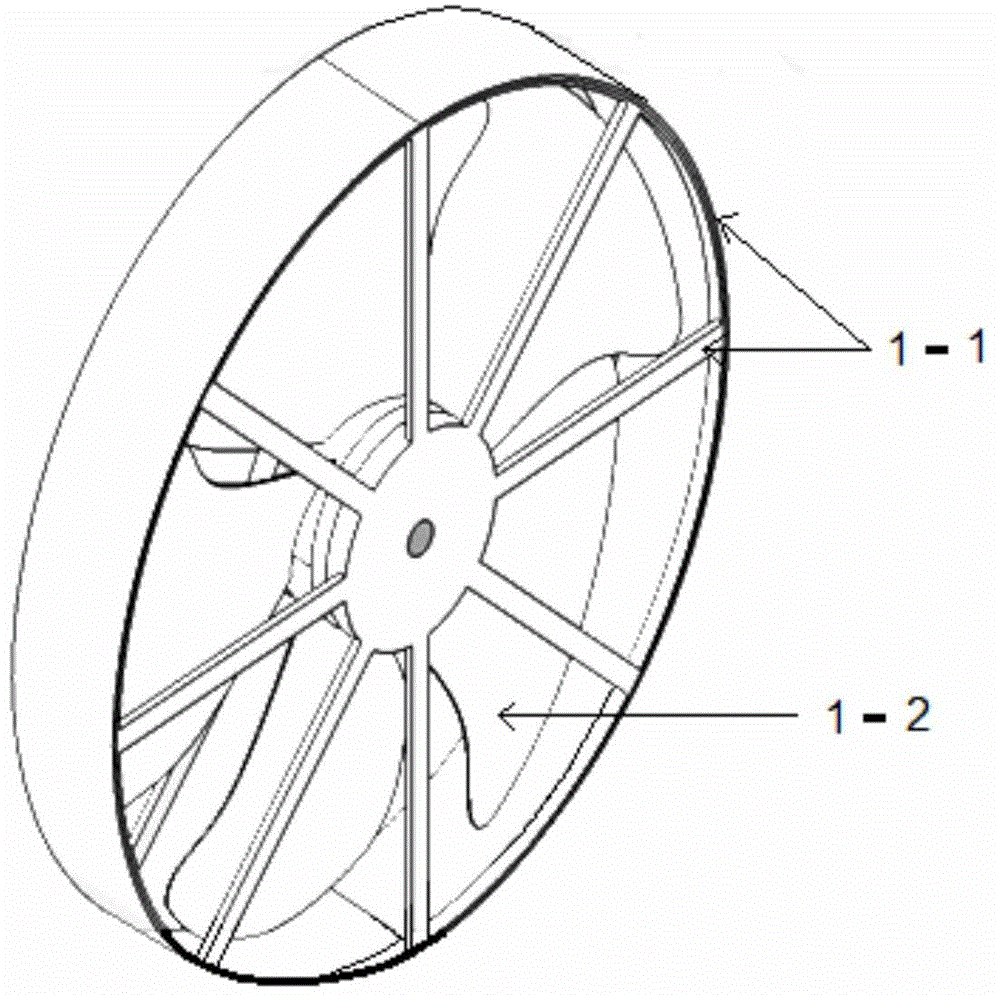Method and nano device for removing heavy metal in flue gas
A technology for removing heavy metals and heavy metals, applied in metal/metal oxide/metal hydroxide catalysts, separation methods, chemical instruments and methods, etc., can solve problems such as mercury leakage and groundwater pollution
- Summary
- Abstract
- Description
- Claims
- Application Information
AI Technical Summary
Problems solved by technology
Method used
Image
Examples
Embodiment 1
[0081] Embodiment 1: a kind of method for eliminating heavy metals in flue gas is characterized in that it comprises the following steps:
[0082] (1) Embedding nanomaterials on the fiber matrix; (see Figure 11-1 , Figure 11-2 , Figure 12-1 , Figure 12-2 )
[0083] (2) Make the flue gas containing heavy metals pass through the fiber matrix embedded with nanomaterials;
[0084] (3) The nanomaterial reacts with the heavy metals in the flue gas and captures the heavy metals in the flue gas.
[0085] The method of embedding nanomaterials on the fiber matrix is as follows:
[0086] Adhesive is attached to the fiber substrate; before the adhesive dries, the nanomaterial is sprayed onto the fabric by a nanosprayer; after the nanomaterial is sprayed, it is left at room temperature for at least 24 hours to fully cure. (See Figure 11-1 , Figure 11-2 , Figure 12-1 , Figure 12-2 )
[0087] The adhesive is selected REN50 to 80( ) of silicone resin solution. The R...
Embodiment 2
[0103] Embodiment 2: a kind of method for eliminating heavy metals in flue gas is characterized in that it comprises the following steps:
[0104] (1) Embedding nanomaterials on the fiber matrix;
[0105] (2) Make the flue gas containing heavy metals pass through the fiber matrix embedded with nanomaterials;
[0106] (3) The nanomaterial reacts with the heavy metals in the flue gas and captures the heavy metals in the flue gas.
[0107] The method for embedding the nanomaterials on the fiber matrix is: directly loading the nanomaterials on the fiber matrix: suspending the nanomaterials in a volatile solvent; soaking the fiber matrix in the nanomaterial suspension, or passing the nanomaterials through The sprayer is sprayed on the fiber substrate; the fiber substrate with nanomaterials attached is heated in an oven at 500 degrees for 3 to 4 hours; after the solution evaporates, nanowires and nanoparticles will be interwoven with the fiber network; cooling After reaching room te...
Embodiment 3
[0142] Embodiment 3: a kind of method for eliminating heavy metals in flue gas is characterized in that it comprises the following steps:
[0143] (1) Embedding nanomaterials on the fiber matrix;
[0144] (2) Make the flue gas containing heavy metals pass through the fiber matrix embedded with nanomaterials;
[0145] (3) The nanomaterial reacts with the heavy metals in the flue gas and captures the heavy metals in the flue gas.
[0146] The method of embedding nanomaterials on the fiber matrix is as follows:
[0147] Adhesive is attached to the fiber substrate; before the adhesive dries, the nanomaterial is sprayed onto the fabric by a nanosprayer; after the nanomaterial is sprayed, it is left at room temperature for at least 24 hours to fully cure
[0148] The adhesive epoxy.
[0149] The nanomaterial is CdS nanowire.
[0150] The synthetic method of described CdS nanowire is:
[0151] Put toluene, distilled water, and 1,12 alkanethiol in a picoclave high-pressure reac...
PUM
 Login to View More
Login to View More Abstract
Description
Claims
Application Information
 Login to View More
Login to View More - R&D
- Intellectual Property
- Life Sciences
- Materials
- Tech Scout
- Unparalleled Data Quality
- Higher Quality Content
- 60% Fewer Hallucinations
Browse by: Latest US Patents, China's latest patents, Technical Efficacy Thesaurus, Application Domain, Technology Topic, Popular Technical Reports.
© 2025 PatSnap. All rights reserved.Legal|Privacy policy|Modern Slavery Act Transparency Statement|Sitemap|About US| Contact US: help@patsnap.com



